Kenya Karatina factory Karentina processing Plant introduces the characteristics of Farm Coffee
For professional baristas, please follow the coffee workshop (Wechat official account cafe_style)
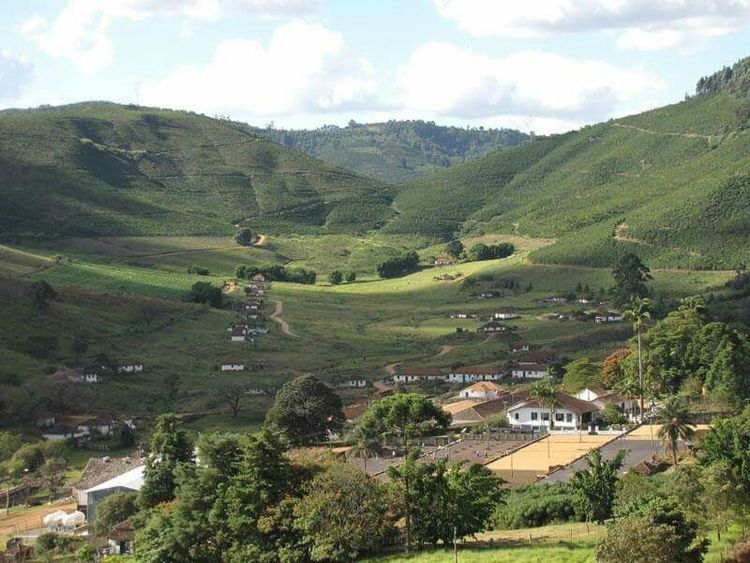
Kenya Karatina factory PB Karentina treatment Plant
Founded in 1950, Duomen DORMAN is the leading brand of high-quality coffee in Kenya and Tanzania, with exclusive processing plants, warehouses and drying fields. Based on sustainable development and ethical procurement, they only buy farms that grow and deal with green beans that protect the environment, buy them at a higher and fair price, and conduct strict monitoring cups and tests on their farms every week to select the best East African coffee for the world. Almost good Kenyan and Tanzanian coffee are owned by their farms.
Karatina Karentina province is located more than 1700 meters above sea level. Each farmer grows an average of only 200 coffee trees. Most farmers also have some corn, bananas and other crops. Its farmers send the coffee beans to the processing plant on the day of harvest, immediately record and weigh the coffee beans for rigorous processing, wash the coffee beans with clean Ragati water, dry them to 10.5-11% water content, send them to a dedicated air-conditioning box for storage, and then bag them and leave the factory two months later.
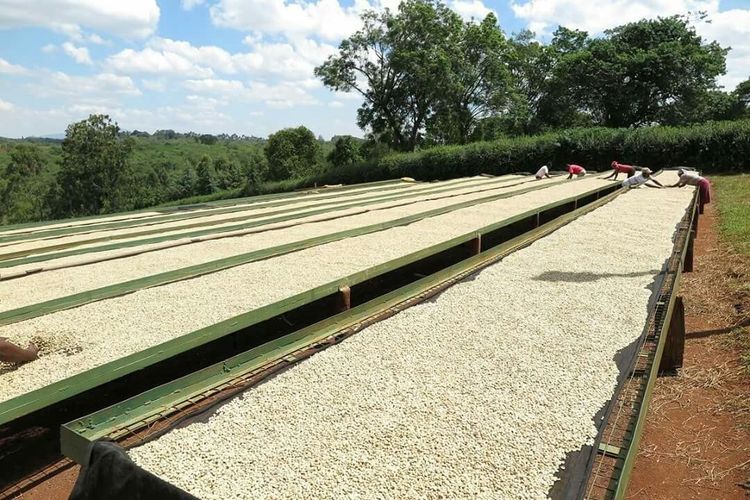
Property Characteristics: farm characteristics
Name name: Karatina factory PB Karentina treatment plant
Grade level: PB
Country country: Kenya Kenya
Region: Eastern Province Nyeri Moi Province, eastern Kenya
Altitude altitude: 1700 m
Farm Size farm size: small coffee farmers who grow in small areas.
Soil soil: Red Volcanic Loam soils volcanic clay
Harvesting Method: Hand picked is harvested by hand
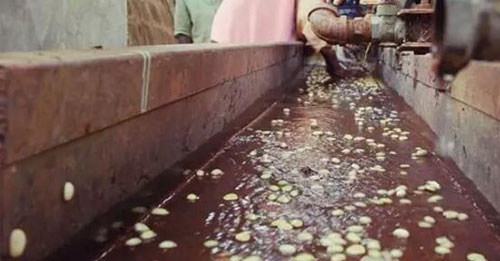
Coffee Characteristics: coffee characteristics
Variety varieties: SL 28, SL 34
Processing System treatment: Full Washed washing drying on African viaduct
Aroma aroma / flavor flavor: peach, oolong tea, mango, vanilla, fresh milk, honey
Sour quality: sour BlackBerry, sour grapefruit, high concealment at the front and then swept up.
The complexity of complex is similar to that of other: rich and thick, with high emulsification, obvious sweetness of peach fruit after cold, and cool mint in the mouth.
Important Notice :
前街咖啡 FrontStreet Coffee has moved to new addredd:
FrontStreet Coffee Address: 315,Donghua East Road,GuangZhou
Tel:020 38364473
- Prev
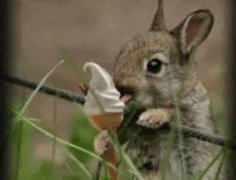
The effect of roasted Coffee on Coffee Flavor find a suitable roasting degree
Which kind of roasted coffee beans tastes best? Light baked / medium baked / deep baked beans which is the best ~ the most palatable! In fact, the answer is-there is no standard answer because everyone's sense of smell and taste buds can not be exactly the same ~ and there are great differences. Obviously the beans with the same baking degree, Mr. A said it was sweet and palatable / sweet, but Mr. B said it was sour and tasted thin.
- Next
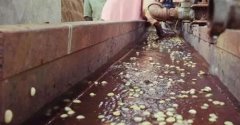
Introduction to the characteristics of Orami Cooperatives in the Lekanti producing area of Ethiopia Coffee flavor description
For the exchange of professional baristas, please pay attention to the coffee workshop (Wechat official account cafe_style) Ethiopia Lekanti-Orami Cooperative Sun Bean Ethiopia is the country where coffee was first discovered, and Ethiopia is the most important producer of coffee in terms of quality and output, with an annual output of about 350000 tons. About 15 million people in the country are engaged in this industry, and more than 90% of them are small coffee farmers.
Related
- Beginners will see the "Coffee pull flower" guide!
- What is the difference between ice blog purified milk and ordinary milk coffee?
- Why is the Philippines the largest producer of crops in Liberia?
- For coffee extraction, should the fine powder be retained?
- How does extracted espresso fill pressed powder? How much strength does it take to press the powder?
- How to make jasmine cold extract coffee? Is the jasmine + latte good?
- Will this little toy really make the coffee taste better? How does Lily Drip affect coffee extraction?
- Will the action of slapping the filter cup also affect coffee extraction?
- What's the difference between powder-to-water ratio and powder-to-liquid ratio?
- What is the Ethiopian local species? What does it have to do with Heirloom native species?

